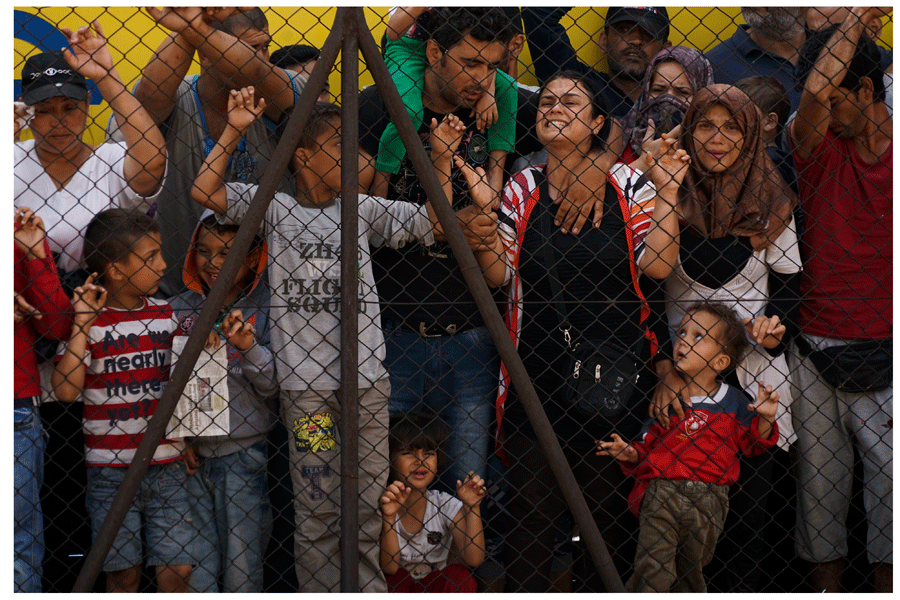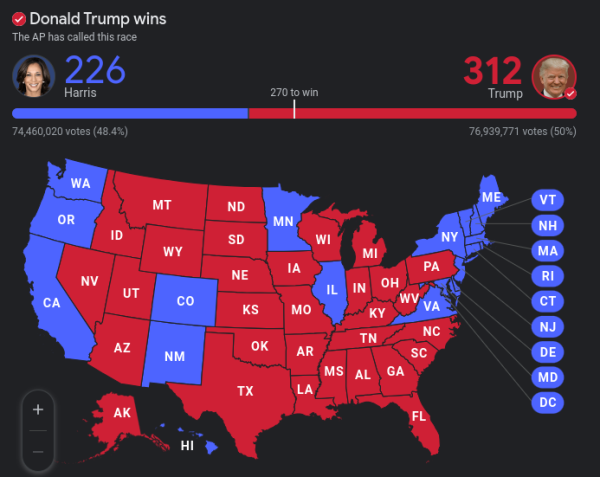Syria Crisis
Photo by Mstyslav Chernov
In recent years Syria has been in and out of the news constantly as refugees pour into Europe and the U.S by the thousands.
The conflict of refugees has become a hot topic in the U.S. as people debate the morality and security issues of accepting versus not accepting refugees. The knowledge of the general public is very broad and simplistic compared to the actual depth of the many conflicts in and surrounding Syria for years; it’s the job of news outlets like the school newspaper to report and inform students on this issue.
Before people ask the question of whether we should allow these people to come to the United States, it is crucial that there is an understanding of why they seek refuge on American soil.
Political, religious, ethnic, and military divisions have existed in Syria for years. In 2012 it escalated into a bloody and violent civil war that has brought about the humanitarian crisis and international debate that exists now.
The current leader of Syria, Bashar Al Assad, took over his father’s authoritarian regime in 2000. Assad wavered between reform and more restrictions at the beginning of his presidency and some hoped he would bring about changes; however, those hopes were dashed when reports of violent crackdowns on peaceful protests emerged against the government. I am Syria, an organization focused on educating the public about the Syrian conflict said, “In retrospect, the attacks appeared calculated to turn peaceful protests violent, to justify an escalation of force.” By December of 2011 the United Nations declared that Syria was “on the verge of civil war”; the current reality in Syria.
The conflict in Syria has escalated to an international crisis, involving Russia and many countries in the UN, specifically the United States. The chaos and internal conflict have drawn international attention because of the scale of violence the government has inflicted on their own people. Many news outlets have given accounts of the Syrian government unleashing chemical bomb attacks on their civilians. Specifically, an article published by the New York Times titled, “His Grip Still Secure, Bashar Al Assad Smiles as Syria Burns.” Assad, the mastermind, has given no heed to the international pressure to end the bombings. These bombings are considered war crimes on the international scale and as they have continued there has been mounting pressure from the international community, specifically the UN, for an end to these attacks.
The Russian government has disagreed with the U.S and the majority of the UN and has supported Assad, “Russia’s moves in Syria are seemingly based on a larger geopolitical strategy that counts on little interference from the United States and its coalition allies.”, says Jeffrey White of the Washington Institute. The Russian government’s endorsement of Assad has created division between Russia and the U.S and within the UN. Niki Haley, the U.S ambassador to the UN, at the most recent UN conference after graphic images were released of children dead and dying in a recent chemical attack in Syria, said, “How many more children have to die before Russia cares?”. According to the NY Post, Haley “ripped” Russia for their indifference and even compliance with Assad and the Syrian government. Neither Syria nor Russia has responded positively to the International support for an end to the atrocities.
Despite the international pressure for change, the Syrian population continues to suffer. They see no other alternative but flee to survive. Large and formerly well-populated cities such as Aleppo have been absolutely gutted, and former residents flee to Europe and the United States seeking refuge. The number of refugees seeking asylum is astronomical and the international community struggles to find a solution, attempting to balance national security and stability with the moral obligation of aiding these victims.


![Photo Credit; Miller, Kim. “City of Asheville prepares for a weekend of winter weather.” City of Asheville prepares for a weekend of winter weather [Ashville], 10 February 2023, https://www.ashevillenc.gov/news/city-of-asheville-prepares-for-a-weekend-of-winter-weather/. Accessed 06 January 2025.](https://binghamprospector.org/wp-content/uploads/2025/01/Screenshot-2025-01-14-7.54.38-AM.png)

